Alaska, known as America’s “Last Frontier,” is not only famous for its pristine, majestic beauty but also an ideal destination for eco-tourism enthusiasts. In Alaska, you can immerse yourself in wondrous nature, explore diverse ecosystems, and experience sustainable tourism activities, contributing to the preservation of its beauty for future generations.
Denali National Park: The Ecological Heart of Alaska
Denali National Park, home to the magnificent Denali Mountain – the highest peak in North America – is a must-visit destination for eco-tourists in Alaska. This park not only boasts stunning natural landscapes but also serves as a habitat for numerous rare wildlife species, including grizzly bears, caribou, gray wolves, and Dall sheep.
In Denali, you will have the opportunity to participate in a variety of meaningful nature experiences. Hike along trails through forests, across vast meadows, or conquer hills to admire panoramic mountain views. Visitors can choose eco-tourism bus tours, guided by wildlife experts, to observe animals in their natural habitat safely and respectfully. Camping in the park is also a fantastic experience, allowing you to truly immerse yourself in the wilderness and enjoy Alaska’s fresh air.
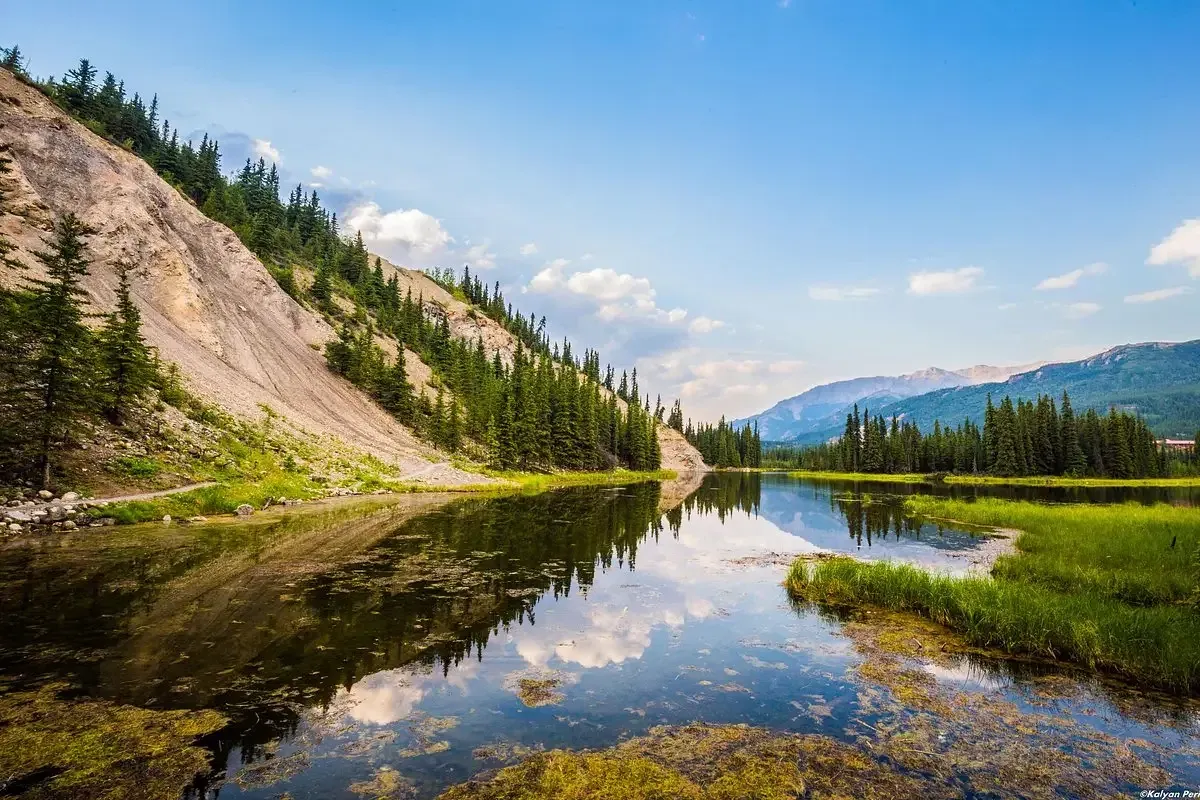
Denali National Park is committed to nature conservation and sustainable tourism development. Tourism activities are strictly managed to minimize environmental and ecosystem impacts. Visitors are also encouraged to raise environmental awareness, respect wildlife, and preserve the pristine natural landscape.
Glacier Bay: A Wonder of Glaciers and Marine Wildlife
Glacier Bay is another natural wonder of Alaska, where majestic glaciers meet the vast ocean, creating an incredibly unique and impressive natural spectacle. This bay is home to many rare marine animals such as humpback whales, seals, sea otters, and seabirds.
A cruise to explore Glacier Bay is an unmissable eco-tourism experience. Aboard a boat, you can admire giant glaciers drifting on the sea, listen to the distant sound of ice calving, and watch whales frolicking on the water’s surface. Kayaking among icebergs is also an adventurous yet rewarding activity, offering you a closer approach to the wilderness. Eco-tourism tours in Glacier Bay often focus on educating visitors about the importance of protecting the marine environment and glacier ecosystems from the impacts of climate change.
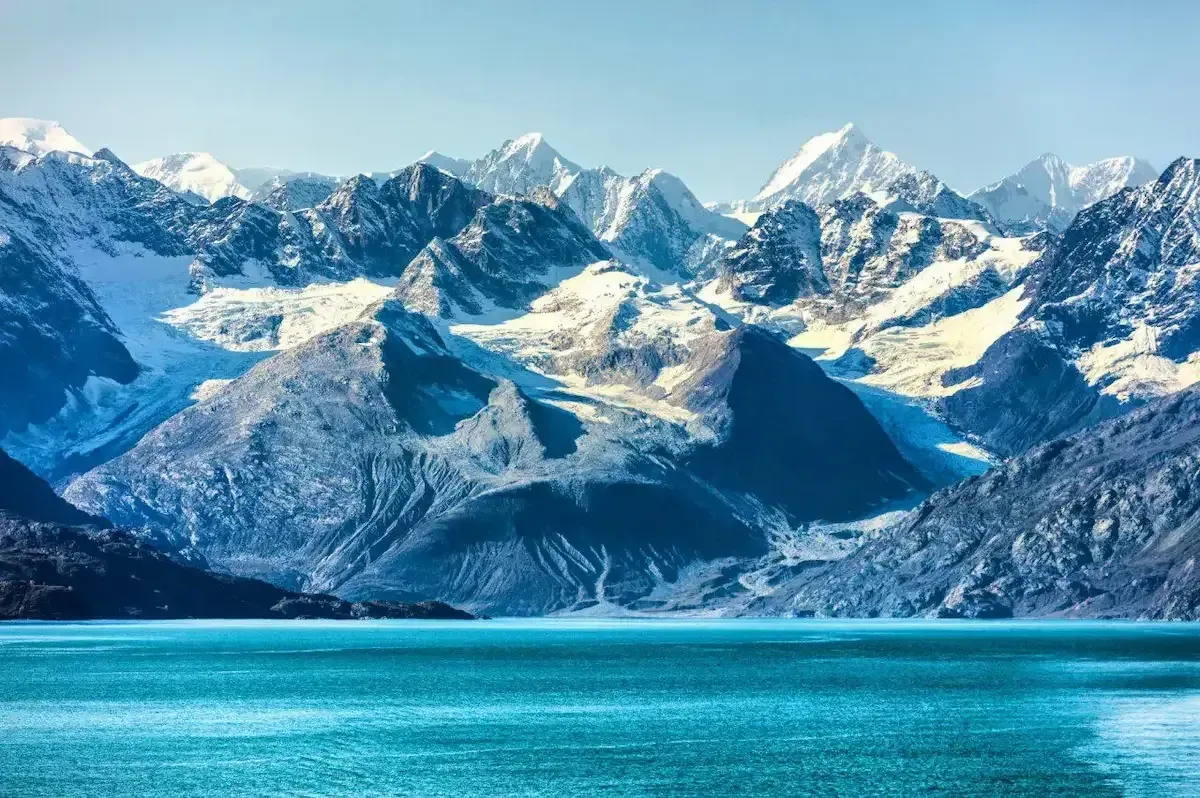
Kenai Fjords National Park: Where Ice Meets Forest
Kenai Fjords National Park is another unique eco-tourism destination in Alaska, where glaciers descend from the Kenai Mountains and flow into the Pacific Ocean, creating a stunning fjord landscape. This area not only features ice and sea but also lush coastal forests, providing an ideal habitat for many wildlife species both on land and in water.
Visitors to Kenai Fjords can participate in activities such as coastal hiking to explore the intermingling forest and marine ecosystems, kayaking among bays and glaciers for a closer encounter with the wilderness, or joining boat tours to watch seabirds and marine animals. Kenai Fjords National Park is a testament to the biodiversity and majestic beauty of Alaska’s nature.
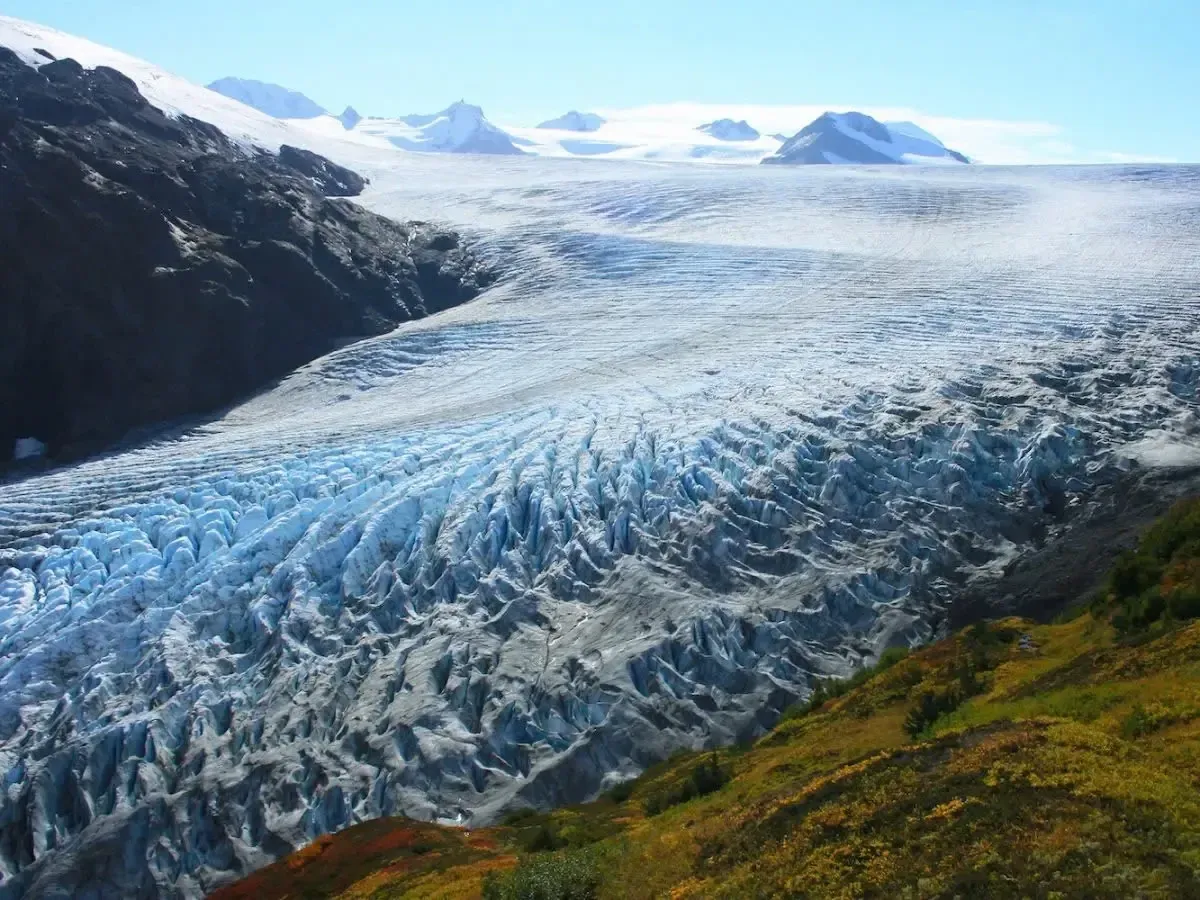
Wrangell-St. Elias National Park: America’s Largest Wilderness
Wrangell-St. Elias National Park is the largest national park in the United States, with a vast area encompassing towering mountains, massive glaciers, taiga forests, and tundra. It offers a truly authentic eco-tourism experience for those seeking to explore the pristine and majestic beauty of Alaska’s nature.
In Wrangell-St. Elias, you can engage in activities such as mountaineering, hiking through forests and valleys, exploring glaciers, and learning about the area’s mining history. With its vast size and diverse terrain, Wrangell-St. Elias is an ideal destination for those seeking real adventures in the wilderness. Eco-tourism in Wrangell-St. Elias is not just about exploring landscapes but also about understanding the adaptation of humans and animals to the harsh environment here.
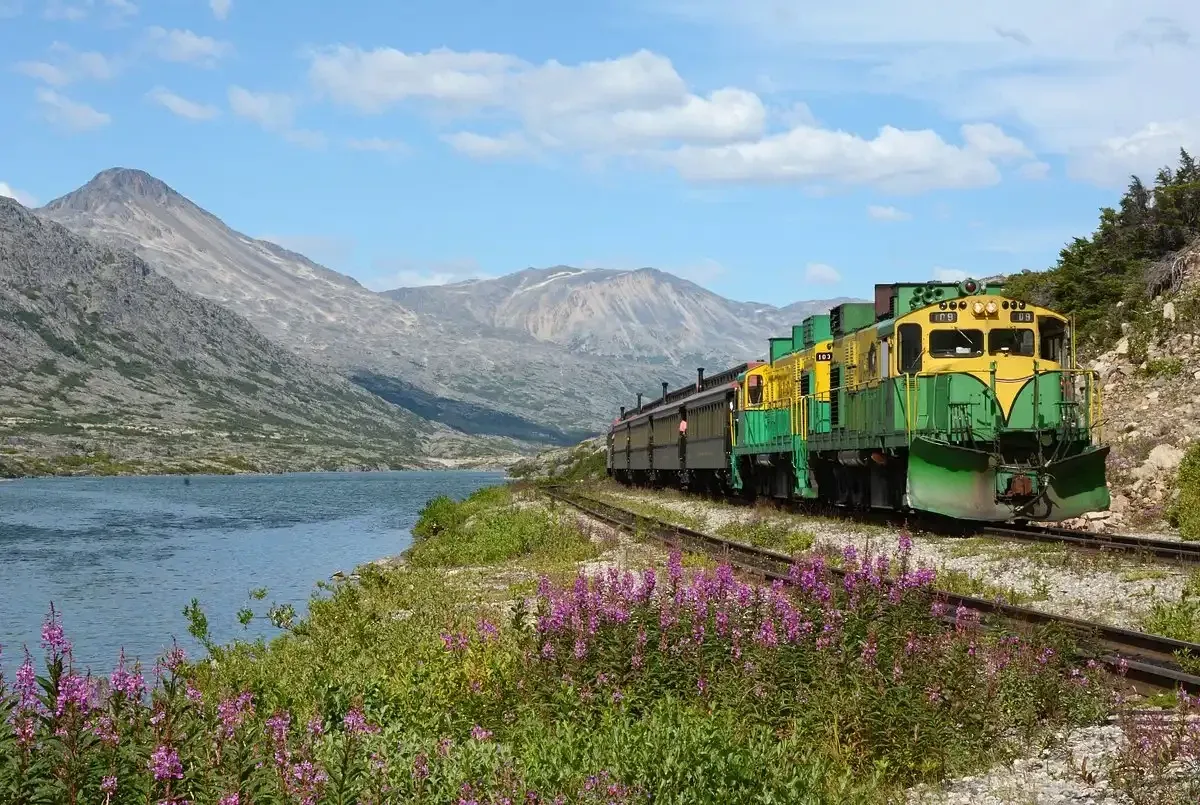
Ideal Seasons for Alaska Eco-Tourism
The ideal time for eco-tourism in Alaska depends on your desired experience. Each season offers unique beauty and activities:
Summer (June – August): This is the peak tourist season with pleasant weather and long daylight hours, perfect for outdoor activities like hiking, kayaking, and wildlife viewing. Wildlife is most active in the summer, giving you more opportunities to observe them in their natural environment.
Autumn (September – October): Alaska adorns itself with the brilliant golden colors of autumn, creating a romantic and peaceful setting. Autumn is an ideal time to admire the fall foliage and observe migrating birds. Tourist crowds decrease compared to summer, and service prices are more affordable.
Winter (November – March): Winter in Alaska is a wonderful time to witness the magical Aurora Borealis. Additionally, you can experience winter activities like skiing, dog sledding, and ice fishing. However, note that some eco-tourism activities may be limited in winter due to harsh weather conditions. Winter eco-tourism requires careful consideration to ensure safety and minimize impacts on the sensitive environment.
Spring (April – May): Spring is when Alaska’s nature awakens after a long winter. Trees sprout new buds, and wildlife begins to reappear. Spring brings a fresh and vibrant Alaska, less crowded than summer.
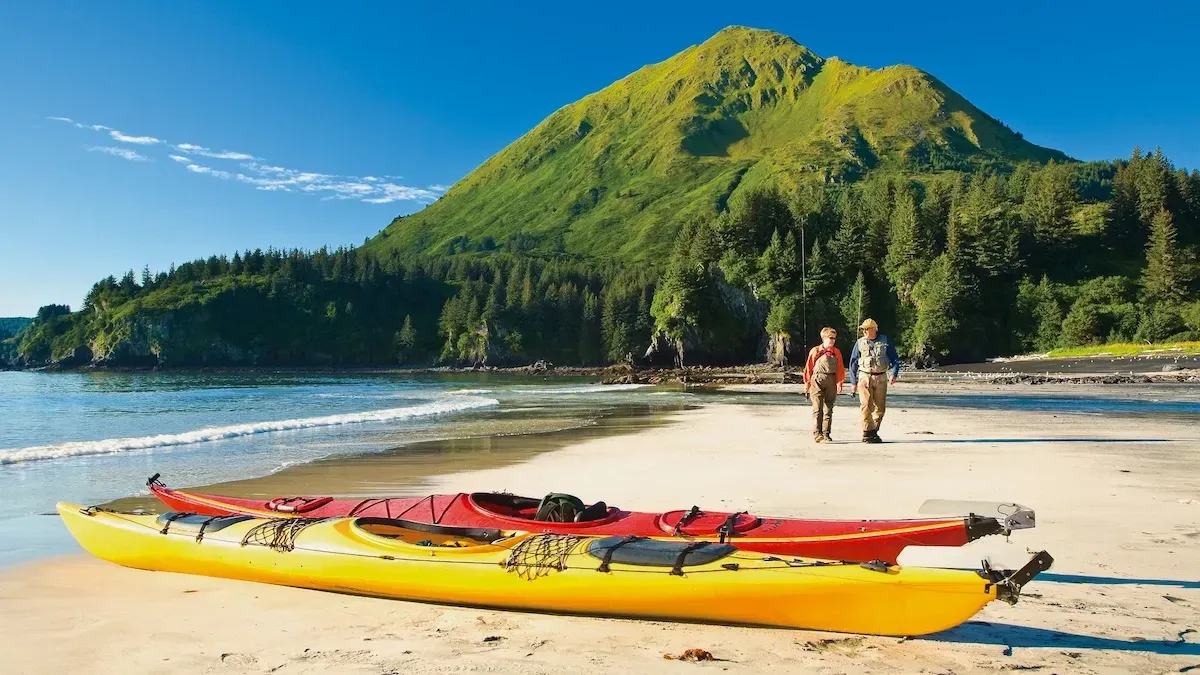
Sustainable Eco-Tourism Tips in Alaska
To make your Alaska eco-tourism trip more meaningful and contribute to protecting the nature here, please note the following:
- Choose responsible eco-tours: Prioritize tour companies committed to environmental protection and supporting local communities. Learn about the conservation policies and activities of tour companies before choosing.
- Respect nature and wildlife: Maintain a safe distance from wildlife, do not feed or disturb them. Do not pick flowers, break branches, or take anything from nature as souvenirs.
- Minimize waste and environmental impact: Bring your own water bottle and trash bag, limit the use of disposable plastics. Walk or use public transportation whenever possible. Comply with environmental protection regulations in visited areas.
- Support local communities and the local economy: Purchase local handicrafts, enjoy local cuisine, and stay at locally owned businesses.
- Learn about Alaska’s indigenous culture and natural history: Learn about the culture and traditions of Alaska’s indigenous people, as well as the natural history of the region, to gain a deeper understanding of this land.

Conclusion: A Meaningful Journey to Discover Alaska’s Nature
Eco-tourism in Alaska is not just a trip to explore stunning natural landscapes but also an opportunity for you to experience the wonders of the wilderness, learn about the importance of conservation, and live in harmony with nature. Come to Alaska to feel its pristine, majestic beauty and contribute to protecting this “Last Frontier” for future generations. A meaningful eco-tourism journey in Alaska will surely leave you with unforgettable memories and valuable experiences.